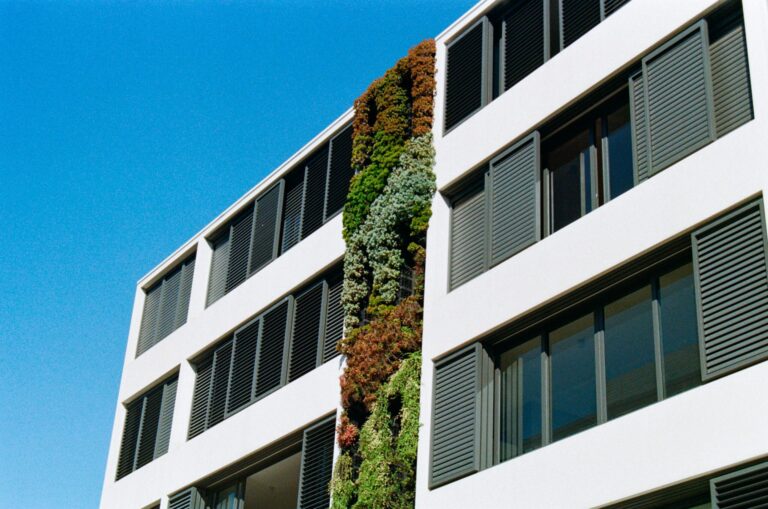In May 2024, the adoption of green leases gained momentum in both the United States and Europe, reflecting an increasing commitment to sustainability in commercial real estate. Green leases are agreements that incorporate environmental considerations, with provisions related to energy efficiency, waste management, and sustainable building materials. By adopting green leases, both landlords and tenants can reduce their environmental footprint while benefiting from lower operating costs.
One of the key factors driving the rise of green leases is the growing demand for energy-efficient and environmentally friendly buildings. According to a report from CBRE, nearly 70% of tenants in the United States now consider sustainability a key factor when selecting commercial properties. As a result, landlords are increasingly integrating green features, such as energy-efficient HVAC systems, LED lighting, and solar power, into their buildings to meet these demands.
In addition to environmental benefits, green leases can result in financial savings for both parties. Tenants benefit from lower utility costs due to energy-efficient building systems, while landlords can charge higher rents for properties that meet green certification standards, such as LEED or BREEAM. This is particularly evident in cities like London and New York, where sustainable office space is in high demand.
The continued adoption of green leases is expected to shape the commercial leasing market for years to come. With environmental regulations becoming stricter and tenants placing increasing value on sustainability, green leases are likely to become the industry standard, driving the evolution of leasing practices and property management strategies.
